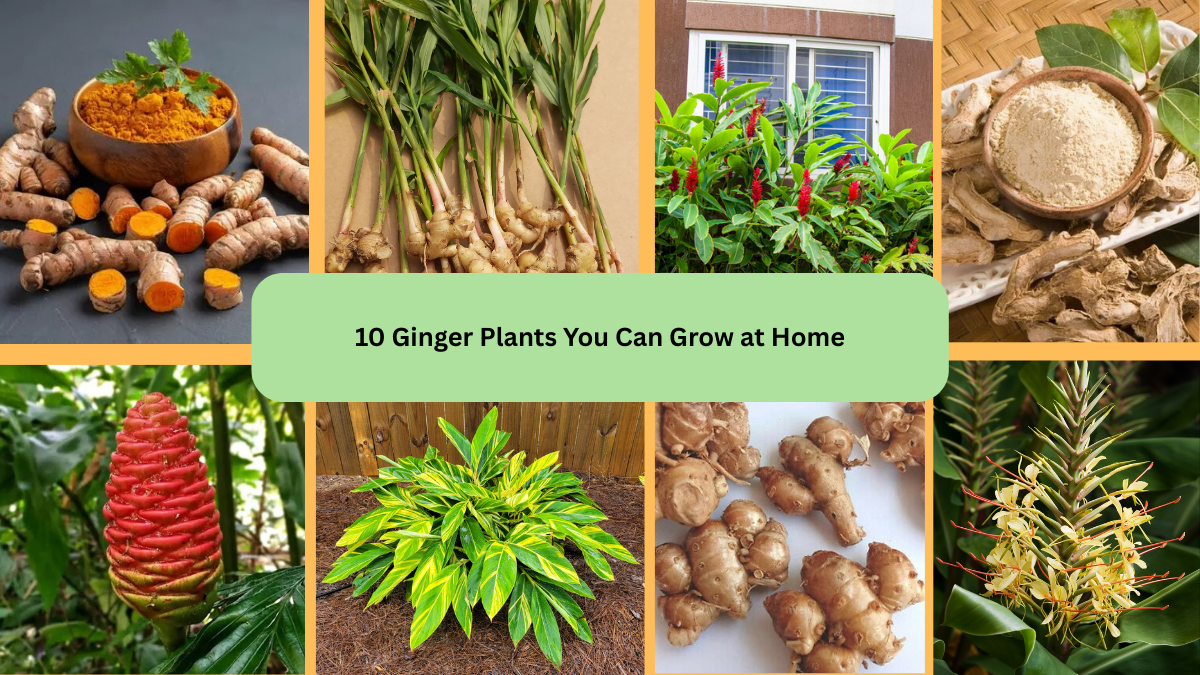Looking to add a touch of tropical charm, fragrance, and even health benefits to your home garden? Ginger plants are the perfect choice! Known for their lush green foliage and stunning, often exotic flowers, these plants are surprisingly easy to grow in containers or garden beds. Many ginger species also produce edible rhizomes used in cooking and herbal remedies. From ornamental varieties to culinary staples, here are 10 beautiful and useful ginger plants you can successfully grow right at home.
1. Zingiber officinale (Common Culinary Ginger)

Zingiber officinale is the classic culinary ginger found in kitchens worldwide. This tropical plant is grown for its aromatic, flavorful rhizomes, often used in teas, curries, and baked goods. It thrives in warm, humid conditions and well-drained, rich soil. Perfect for container gardening, this ginger prefers partial shade and consistently moist soil. In addition to its culinary uses, it offers medicinal benefits like aiding digestion and reducing inflammation. Its slender green stalks and lance-shaped leaves add a tropical touch to patios and balconies.
2. Curcuma longa (Turmeric)
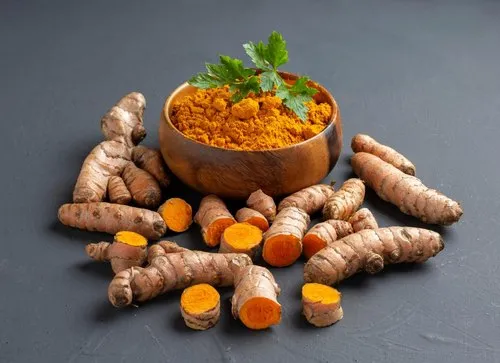
Often called Golden Ginger, Curcuma longa is famous for its vibrant yellow rhizomes used in culinary and medicinal applications. Turmeric thrives in the same conditions as common ginger warm temperatures, partial shade, and rich, moist soil. Its broad green leaves and occasional pink or white blooms make it an attractive ornamental plant as well. Beyond its striking appearance, turmeric’s rhizomes are prized for their anti-inflammatory and antioxidant properties. Growing this at home means fresh, organic turmeric at your fingertips for cooking and herbal teas.
3. Alpinia zerumbet (Shell Ginger)
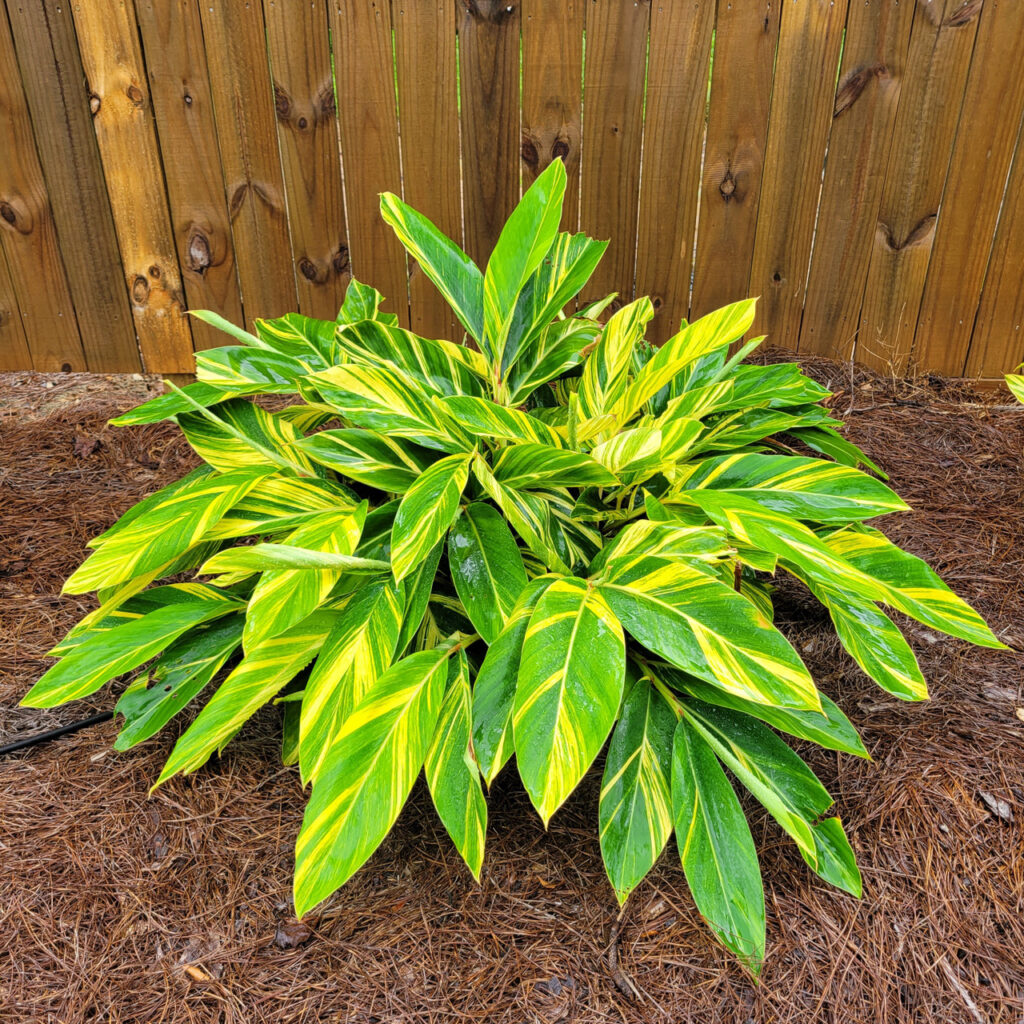
Shell Ginger is an eye-catching ornamental variety known for its stunning, shell-like pink and white flowers. Native to East Asia, it thrives in warm, humid conditions with filtered sunlight. The plant produces attractive, lush foliage and grows well in containers or garden beds. While its rhizomes are less commonly used for culinary purposes, they have a long history in herbal medicine. The leaves are often used to wrap foods or brew aromatic herbal teas. Its showy flowers make it a star in any home garden.
4. Zingiber zerumbet (Shampoo Ginger)
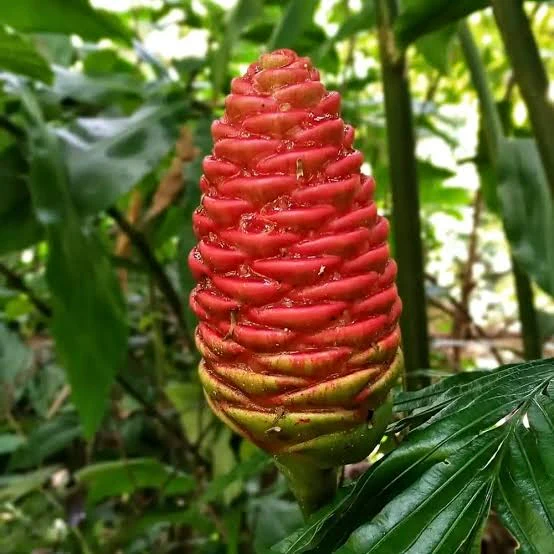
Shampoo Ginger, also known as Awapuhi, is popular for both its unique appearance and practical uses. The plant’s cone-shaped red flower heads are filled with fragrant, milky liquid traditionally used as a natural hair conditioner in Polynesia. It thrives in shaded areas with rich, well-drained soil and can be grown easily in containers or tropical gardens. Its lush green foliage adds a lush, tropical feel to outdoor spaces. In addition to its cosmetic uses, the rhizomes are also edible and used in herbal remedies.
5. Hedychium coronarium (White Butterfly Ginger Lily)
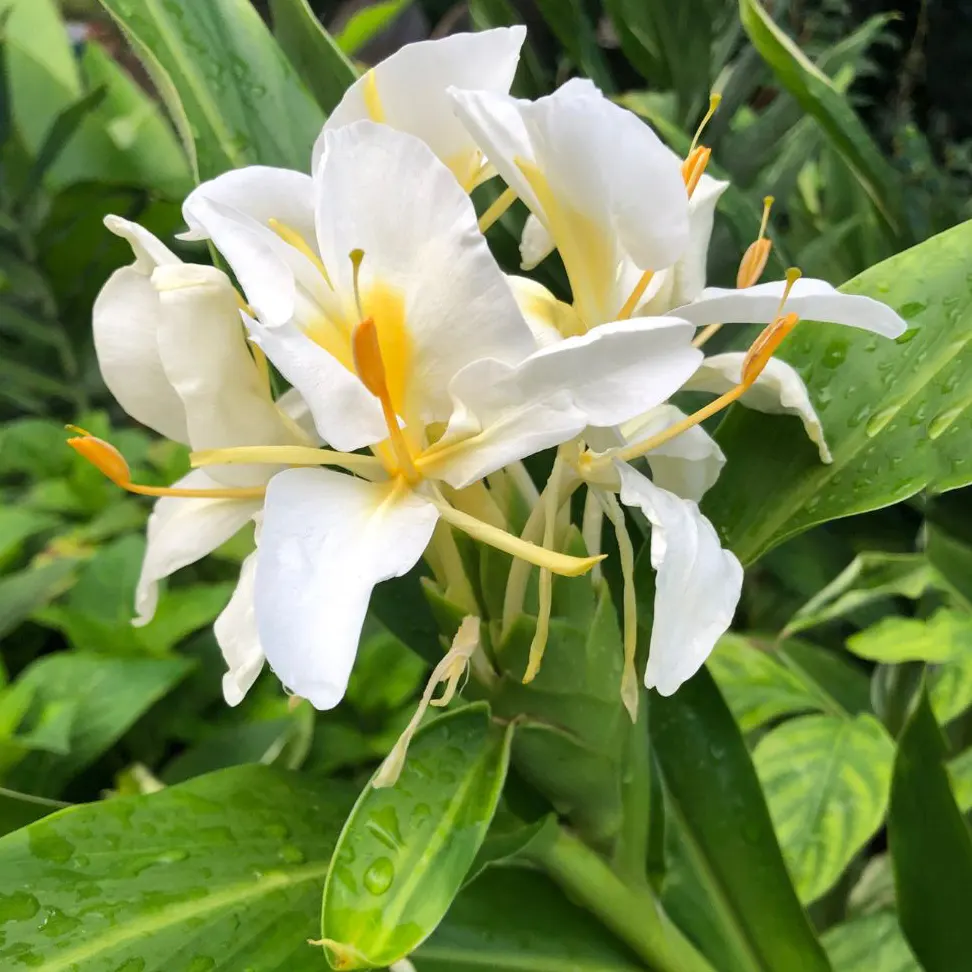
Also known as White Ginger Lily, this variety is treasured for its heavenly scented, white butterfly-shaped flowers. Blooming in late summer, the flowers attract butterflies and fill gardens with a delightful fragrance. It prefers moist, fertile soil and partial shade, making it ideal for containers, patios, or damp garden borders. Its tall, upright stems and lush foliage create an attractive backdrop in any setting. While not typically used for culinary purposes, its beauty and fragrance make it a favorite among ornamental gardeners.
6. Kaempferia galanga (Galangal)
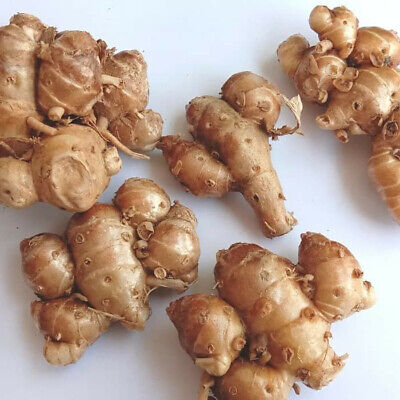
Galangal, often called Thai Ginger, is a staple in Southeast Asian kitchens, known for its sharp, citrusy flavor. The plant grows well in warm, humid environments with rich, moist soil. It prefers filtered sunlight and can be cultivated in large containers or garden beds. Its glossy leaves and occasional pale purple flowers make it visually appealing as well. Galangal is highly prized for both its culinary and medicinal properties, used in soups, curries, and herbal remedies to treat digestive issues and inflammation.
7. Curcuma zedoaria (White Turmeric)
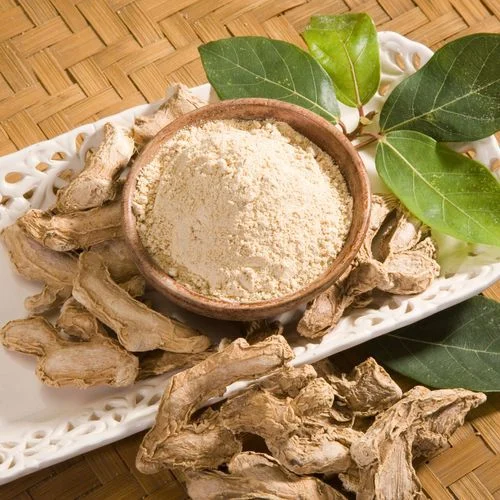
White Turmeric is a close relative of culinary turmeric but features white rhizomes with a mild, camphor-like aroma. It thrives in warm climates with partial shade and well-drained soil. The plant produces broad, lance-shaped leaves and attractive pink or purple blooms, adding ornamental value to home gardens. White turmeric’s rhizomes are traditionally used in Asian herbal medicine and cuisine, especially for their anti-inflammatory and digestive benefits. It’s a versatile plant, offering both beauty and function in tropical-style home gardens.
8. Alpinia purpurata (Red Ginger)

Known for its tall, vibrant red flower spikes, Red Ginger is one of the most visually striking ginger varieties. Native to the Pacific Islands, it thrives in warm, humid climates with indirect sunlight and well-drained soil. This tropical beauty makes an excellent container plant or garden accent in frost-free regions. Although its rhizomes aren’t commonly used for cooking, its dramatic flowers are popular in floral arrangements. The plant’s bold color and tropical allure instantly brighten patios, verandas, and shady garden corners.
9. Etlingera elatior (Torch Ginger)

Torch Ginger is a tropical showstopper, producing massive, torch-shaped flowers in dazzling shades of pink, red, and coral. Native to Southeast Asia, this ginger thrives in moist, fertile soil and partial shade. It can grow over 10 feet tall in ideal conditions, making it perfect for large garden borders or tropical landscapes. Its edible buds are used in Malaysian and Indonesian cuisine, while the plant itself adds dramatic vertical interest and exotic beauty to outdoor spaces. The flowers are also long-lasting when cut.
10. Hedychium gardnerianum (Kahili Ginger)
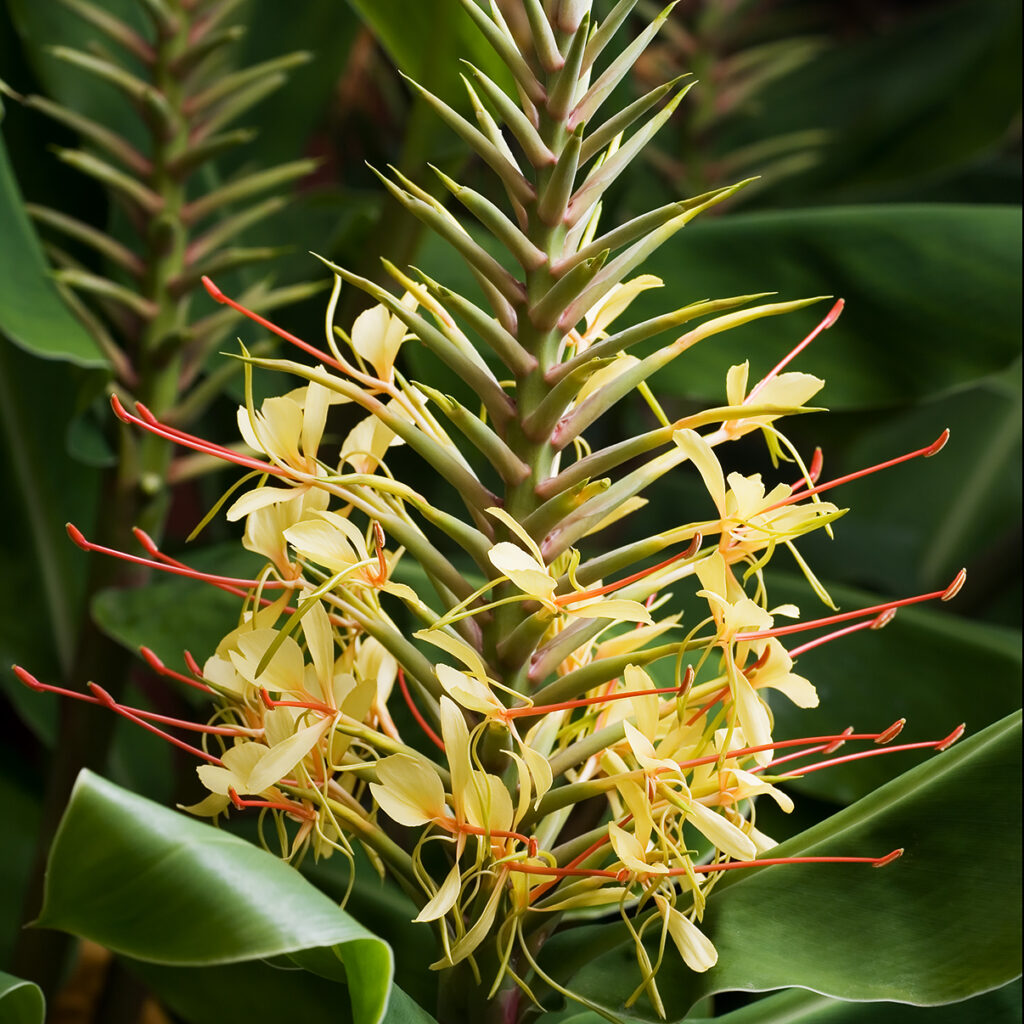
Kahili Ginger is another ornamental gem known for its striking yellow flowers adorned with red stamens. Blooming in late summer, the flowers release a sweet, intoxicating fragrance that attracts pollinators. The plant prefers moist, well-drained soil and partial shade, flourishing in containers or garden beds. It can grow up to 8 feet tall, making it an ideal focal point in tropical-themed gardens. While primarily grown for its beauty and scent, its rhizomes have been used traditionally in herbal medicine and perfumery.
